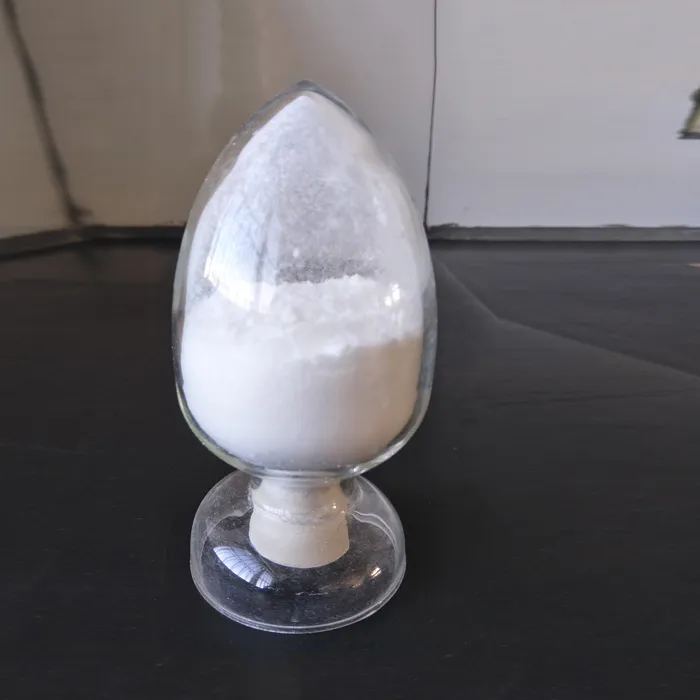Polyacrylamide Crystals Properties, Applications, and Innovations
Polyacrylamide (PAM) is a synthetic polymer formed from the polymerization of acrylamide monomers. It has gained significant attention in various fields due to its unique properties, particularly in forming gel-like structures known as polyacrylamide crystals. These crystals have a wide array of applications ranging from water treatment to biotechnology, making them a crucial topic of study in both industrial and research settings.
Properties of Polyacrylamide Crystals
Polyacrylamide crystals exhibit impressive characteristics that contribute to their versatility. One of their most significant properties is their high water retention capacity. PAM can absorb water up to several hundred times its weight, forming a gel-like substance. This property allows it to be used effectively in soil conditioning and water retention applications, making it a valuable resource in agriculture, particularly in arid regions.
The mechanical properties of polyacrylamide crystals also warrant attention. These crystals can be engineered to possess varying degrees of elasticity and viscosity, which can be tailored to specific applications. The degree of cross-linking during polymerization can influence the physical properties of the resulting crystals, allowing for the customization of their performance based on end-user needs.
Another notable feature of polyacrylamide is its biocompatibility and non-toxicity when used in controlled amounts. This makes PAM suitable for various biomedical applications, such as drug delivery systems and tissue engineering scaffolds, providing a safe medium for pharmaceutical and therapeutic uses.
Applications of Polyacrylamide Crystals
polyacrylamide crystals

The applications of polyacrylamide crystals span multiple industries, reflecting their multifunctional nature. One of the primary applications is in wastewater treatment, where PAM is utilized as a flocculant. In this context, polyacrylamide helps aggregate and settle suspended particles, facilitating the removal of pollutants from water. The efficiency of PAM in water purification processes enhances its appeal as environmental regulations become more stringent.
In agriculture, polyacrylamide crystals serve as soil additives. When mixed with soil, they improve water retention and reduce erosion, promoting healthier plant growth. This property is particularly beneficial in regions facing water scarcity, providing farmers with an effective tool to optimize water usage.
In biomedical research, polyacrylamide is used to create gels for electrophoresis, a technique used to separate macromolecules like proteins and nucleic acids. Gel electrophoresis has become a fundamental technique in molecular biology, making polyacrylamide an essential component in laboratories around the globe. The versatility of PAM also extends to drug delivery systems, where controlled-release formulations can be designed using polyacrylamide as a matrix.
Innovations and Future Prospects
In recent years, there have been numerous innovations aimed at enhancing the properties and applications of polyacrylamide crystals. Researchers are exploring biocompatible alternatives synthesized from renewable resources to reduce environmental footprints while maintaining effectiveness. The development of smart materials that can respond to external stimuli (temperature, pH, etc.) is also an area of active research, offering possibilities for advanced applications in fields like drug delivery and wound healing.
Moreover, the ongoing investigation into the biodegradability of polyacrylamide is critical. Traditional PAM lacks biodegradability, which poses environmental concerns. Efforts are being made to develop polyacrylamide derivatives that can degrade naturally, ensuring that their use does not lead to long-term ecological impacts.
In conclusion, polyacrylamide crystals represent a fascinating area of study with substantial implications across various sectors. Their ability to retain water, adaptability in physical properties, and non-toxic nature underpin their utility in vital applications such as water treatment and agriculture. As research continues to advance, the potential to innovate and improve these crystals will likely lead to new applications, further cementing their role in both industrial and scientific communities. Through responsible use and further exploration, polyacrylamide may continue to serve as a valuable resource for decades to come.

